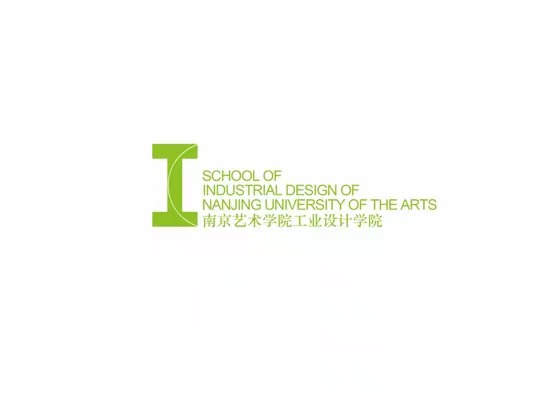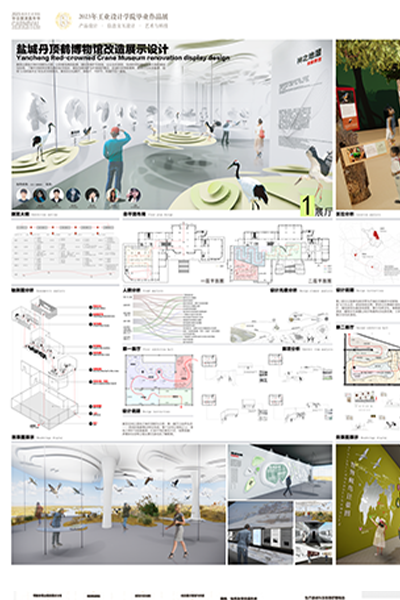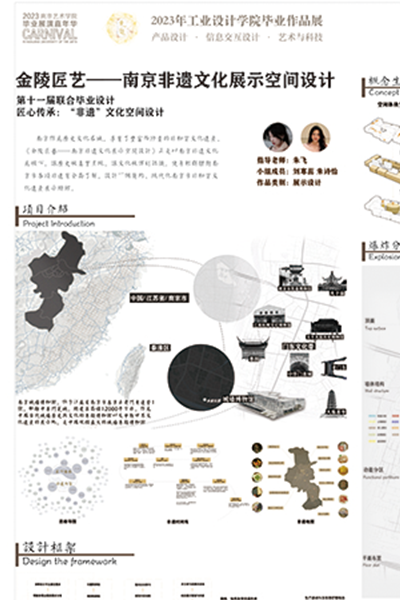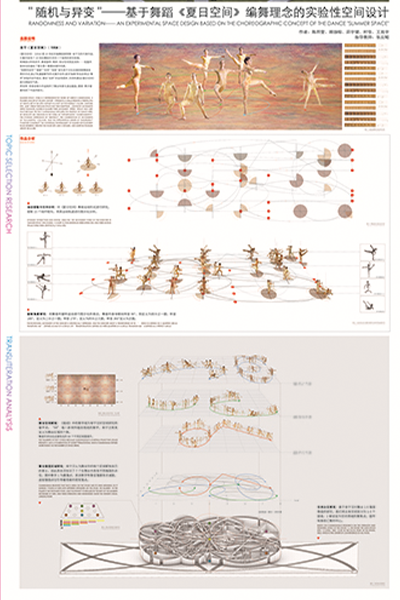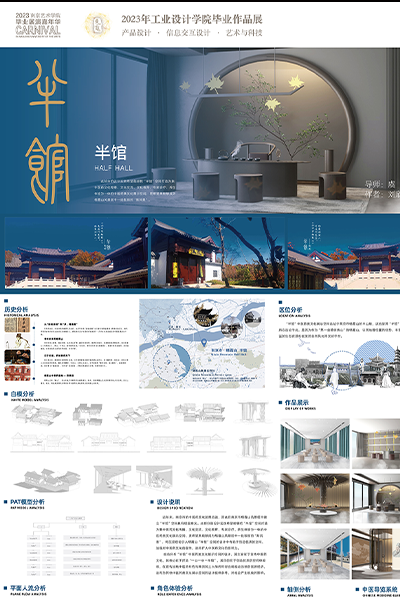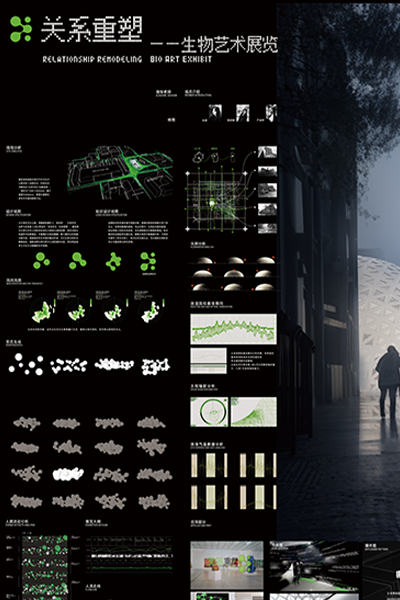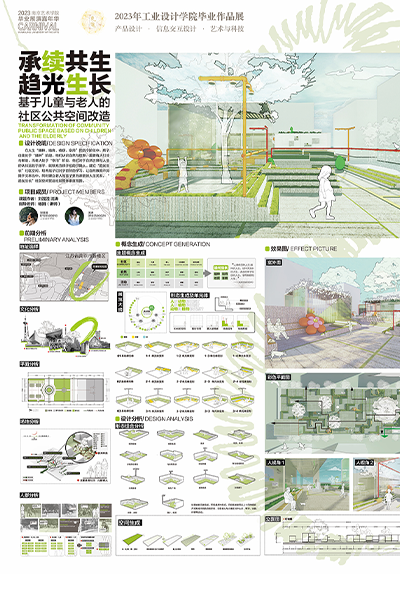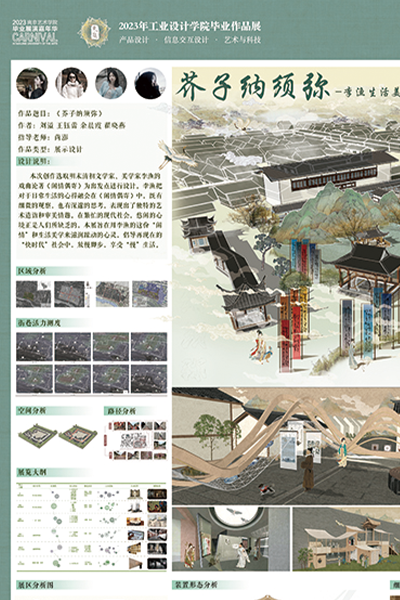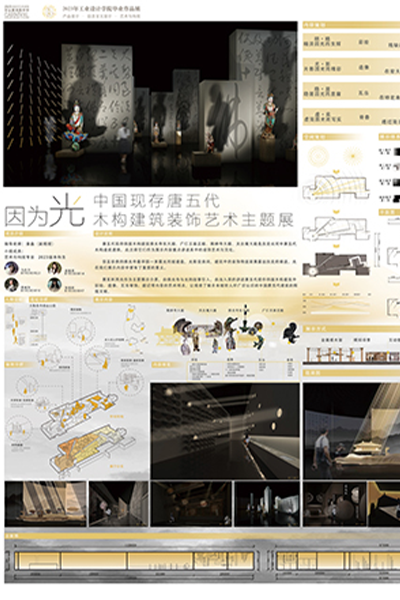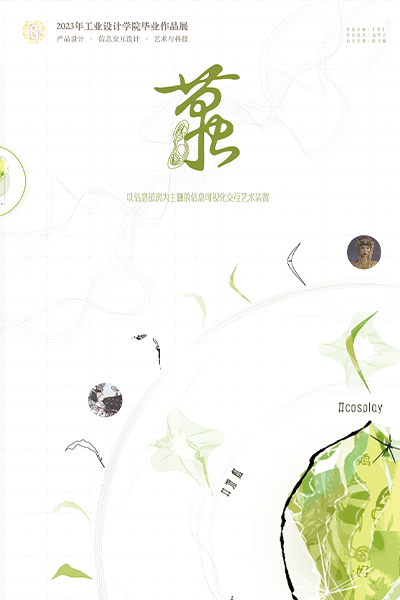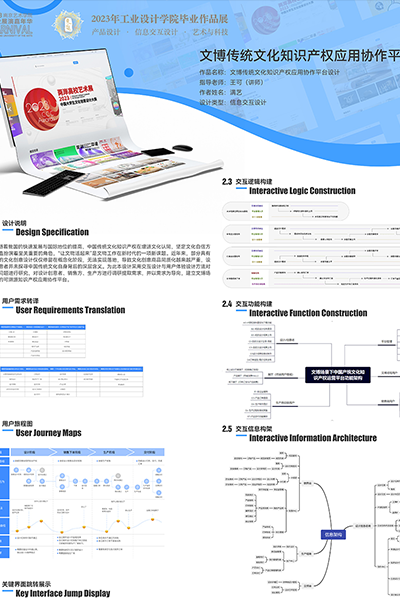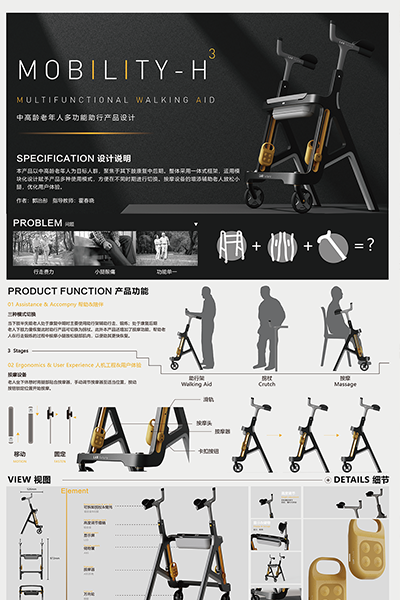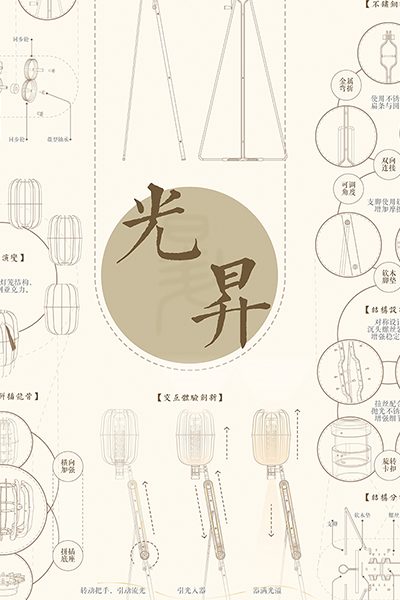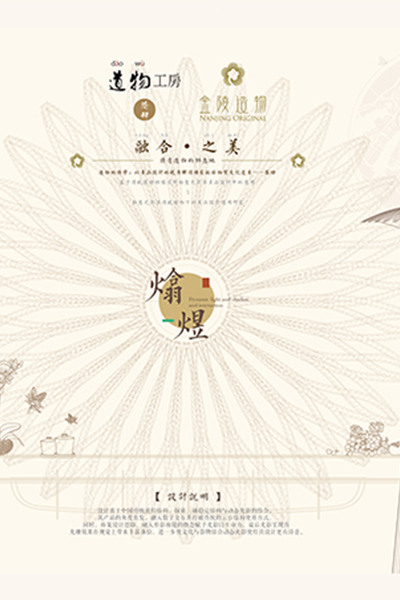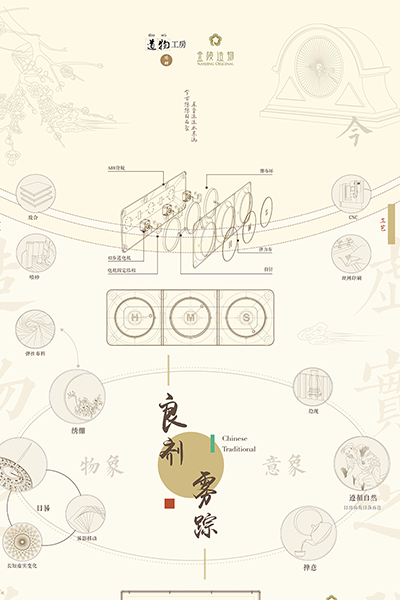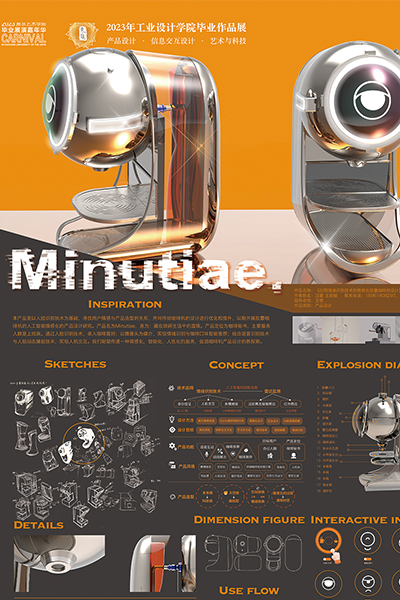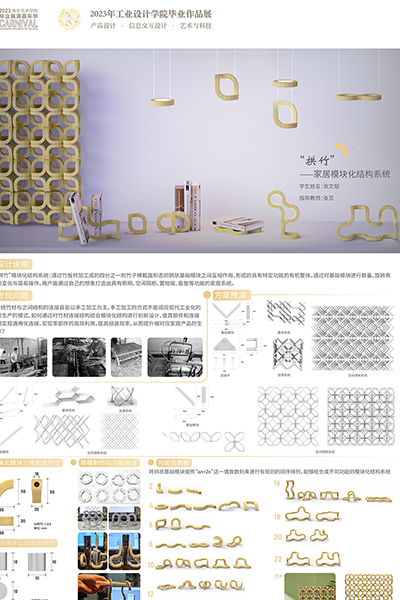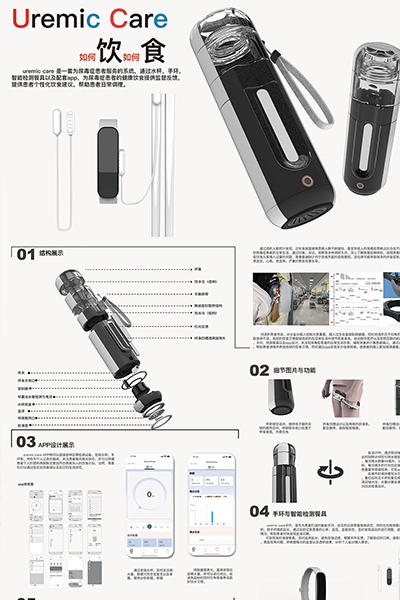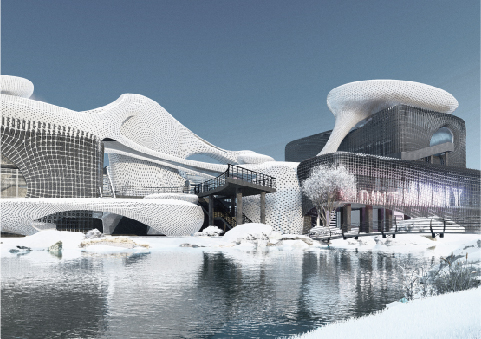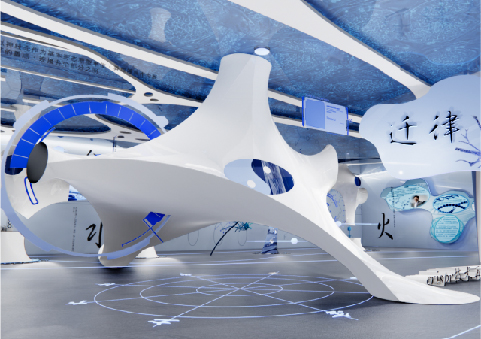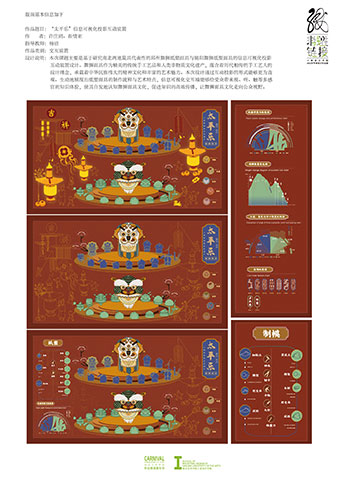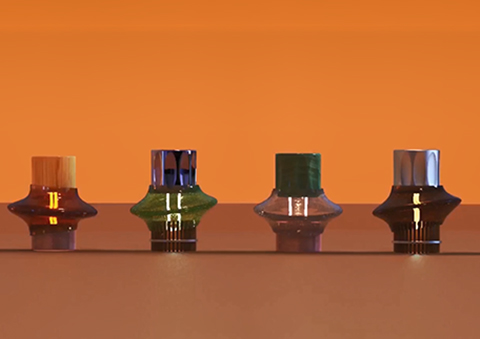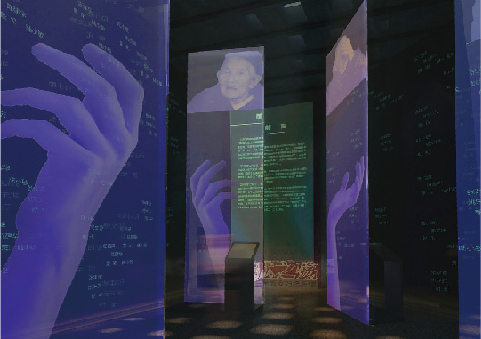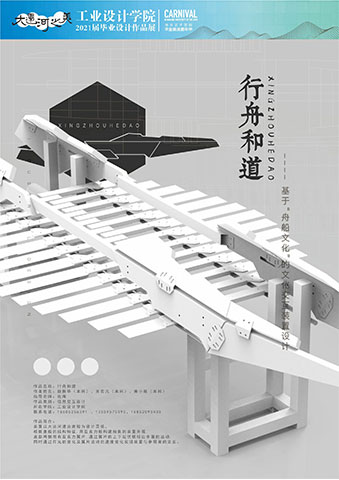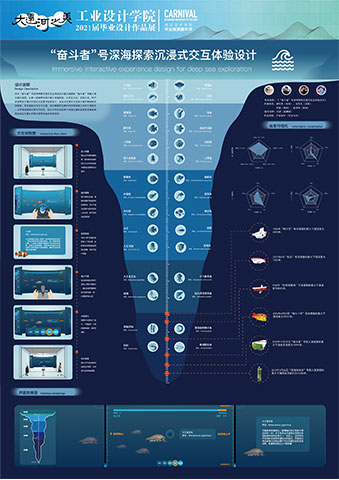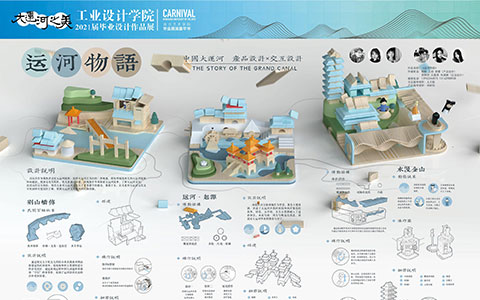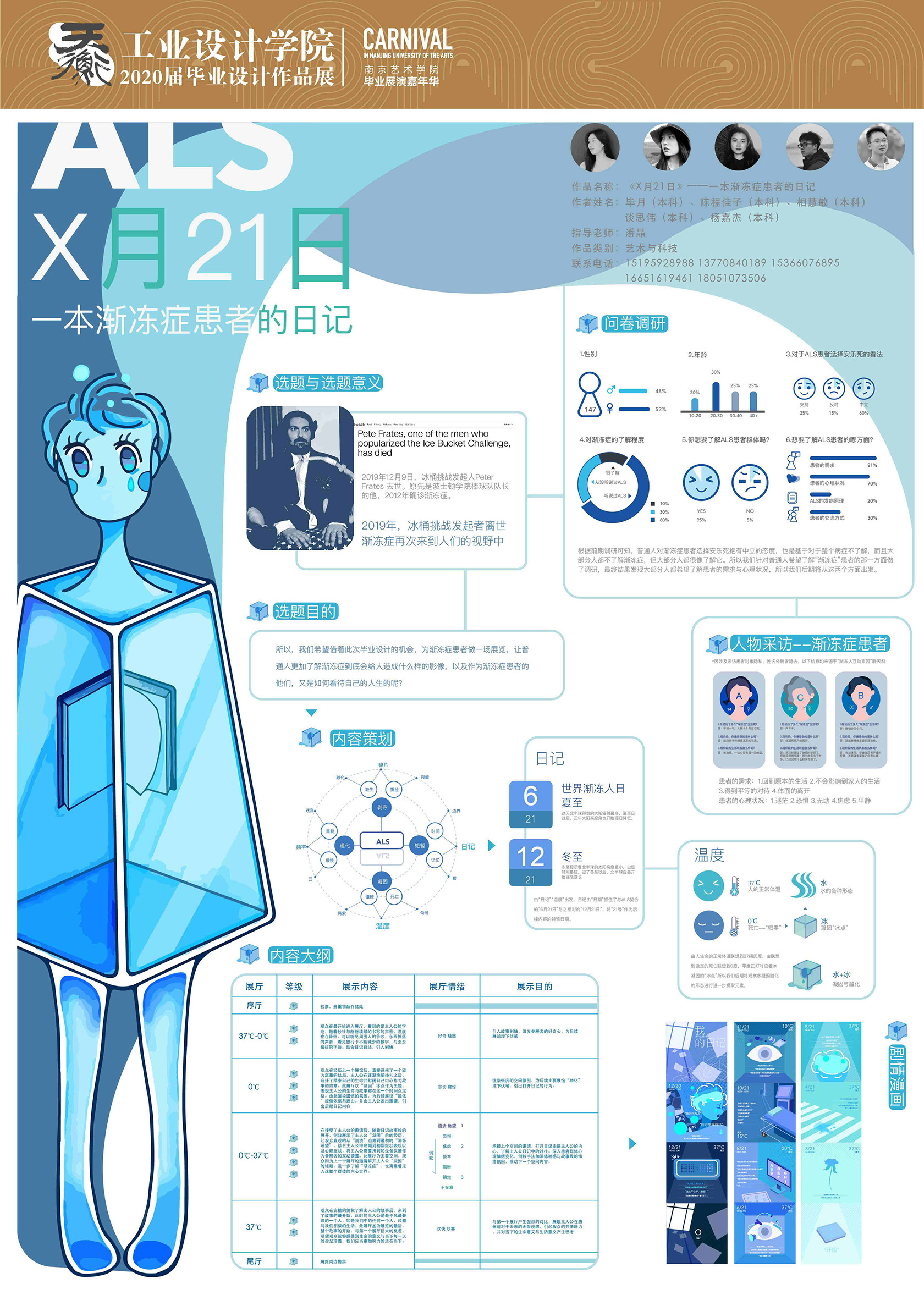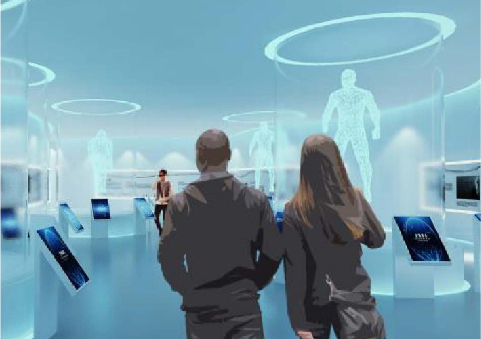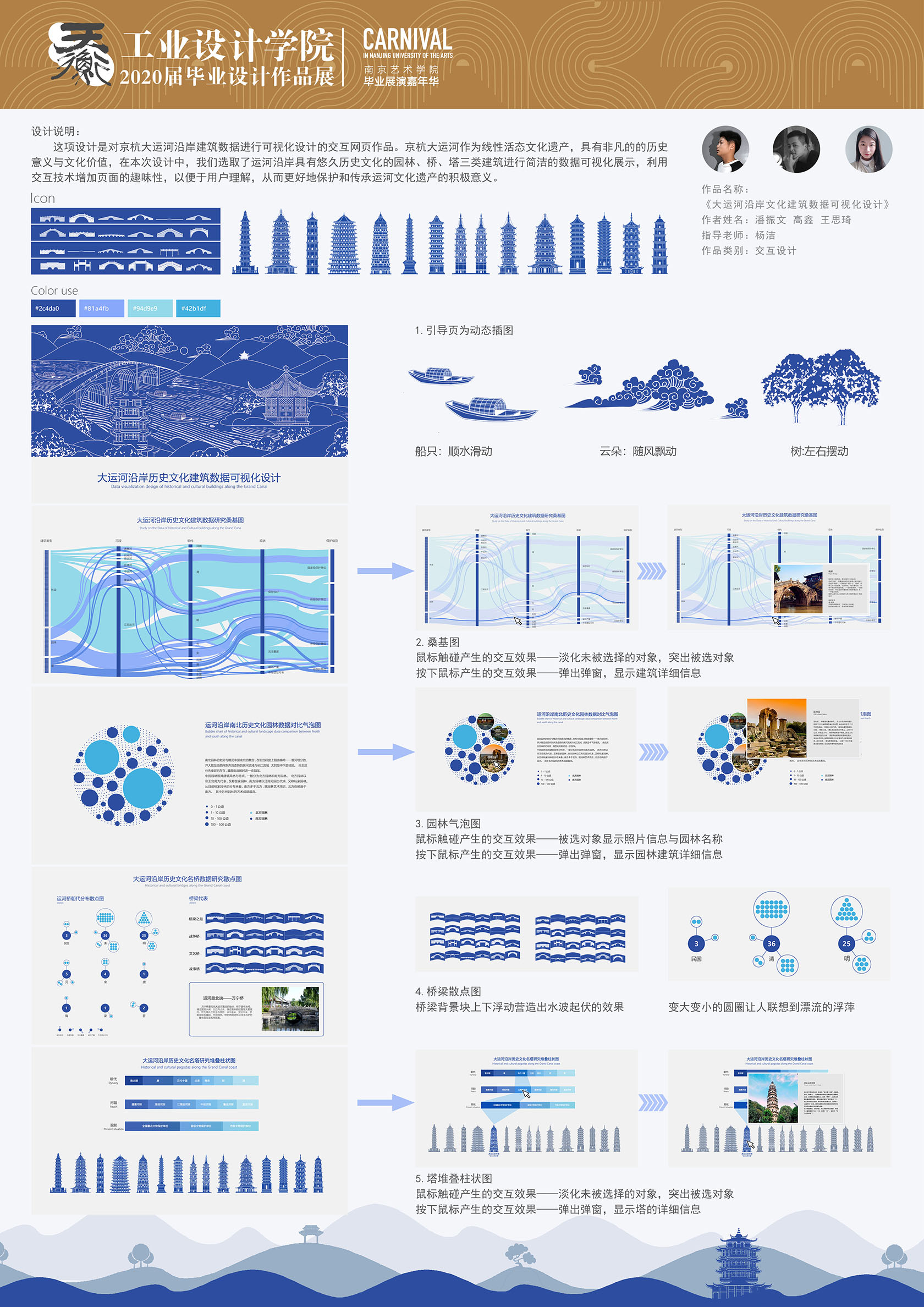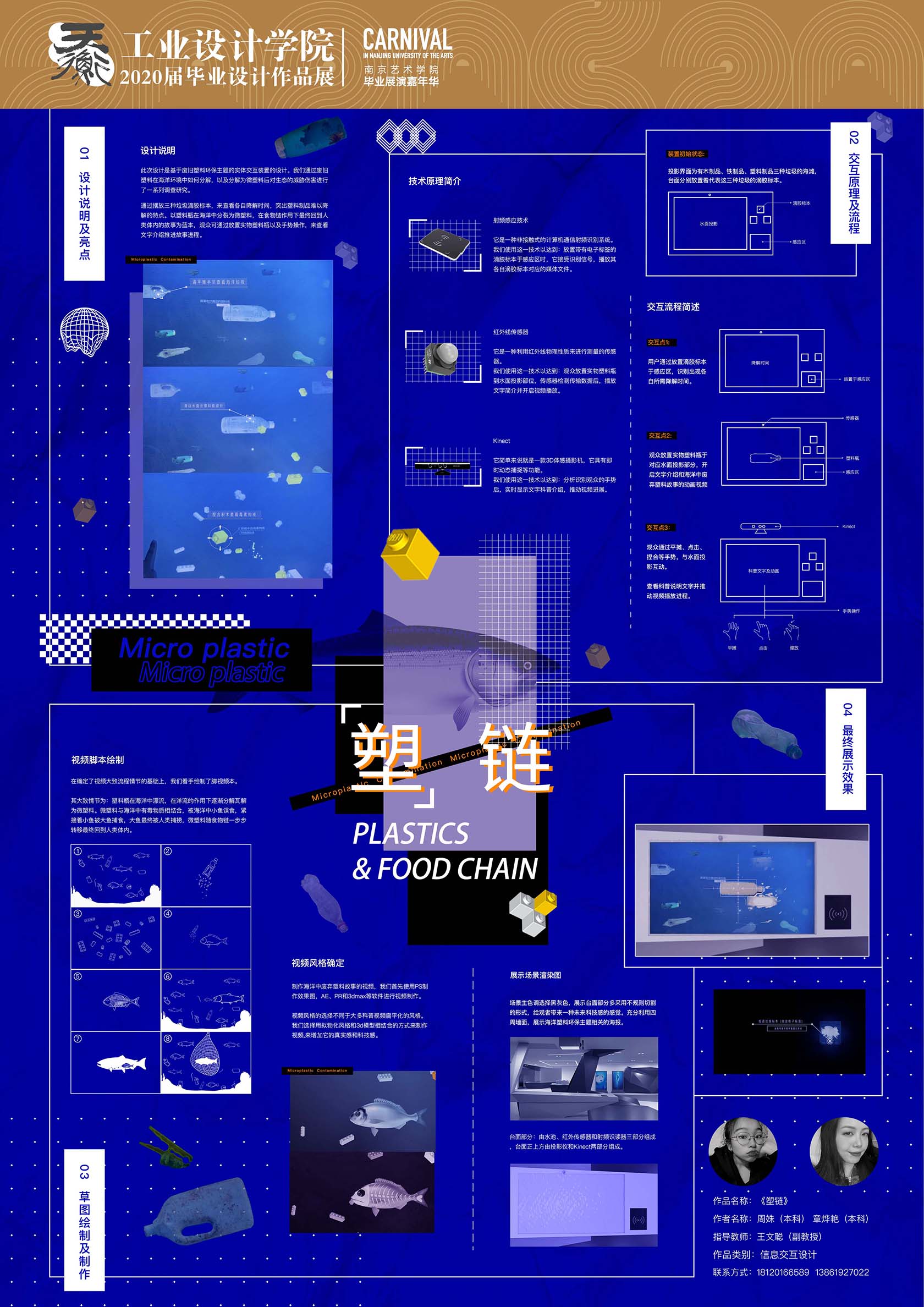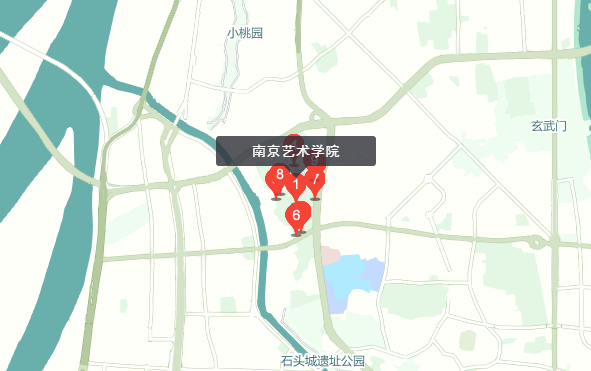Industrial Design

Industrial Design of Nanjing University of the Arts, set up as a major in 1993, was developed into the School of Industrial Design in 2008. The School has more than 800 students on campus, including undergraduate students, postgraduate students, and doctoral students. The School owns the first batch of national first-class majors and the provincial characteristic majors of higher education institutions. It serves as a vice president unit of the China Industrial Design Association, a provincial center for experimental teaching and demonstration of industrial design, and a provincial experimental base for the innovation of industrial design talent training modes. Among the 39 full-time teachers, 54% of the teachers hold senior titles. More than 50% of the teachers have overseas working and studying experience.
Industrial Design of Nanjing University of the Arts, set up as a major in 1993, was developed into the School of Industrial Design in 2008. The School has more than 800 students on campus, including undergraduate students, postgraduate students, and doctoral students. The School owns the first batch of national first-class majors and the provincial characteristic majors of higher education institutions. It serves as a vice president unit of the China Industrial Design Association, a provincial center for experimental teaching and demonstration of industrial design, and a provincial experimental base for the innovation of industrial design talent training modes. Among the 39 full-time teachers, 54% of the teachers hold senior titles. More than 50% of the teachers have overseas working and studying experience.
The School has two majors for undergraduate students: Product Design and Art & Technology; it has three majors for postgraduate students: Industrial Design, Product Information Design, and Display Design; and it has two majors for doctoral students: Design Thinking & Methodology and Research in Industrial Design Theory & Practice. Adhering to the core socialist values, the School pays attention to students' ideological and moral education, quality and ability cultivation, physical and mental health, etc. In the context of new liberal arts, the School endeavors to train interdisciplinary, innovative talented people who are proficient in their disciplines and imbued with Chinese culture, have a great ability in design and hold an international vision. It strives to become a domestically first-class and internationally renowned school of industrial design.
At present, the School comprises the Department of Product Design (including curriculum groups of Product Design and Information Interaction Design), the Department of Art and Technology (including the curriculum group of Exhibition), and the Office of Theoretical and Basic Teaching Research.
The curriculum group of the Department of Product Design includes two sections:
(1) Curriculum group of Product Design: Product Design aims to lead innovation, promote business success and create higher-quality life for people. It is a whole-process design activity that applies strategic problem-solving processes to products, systems, services, and experiences. It is also a human-centered applied research. Combining interdisciplinary knowledge, it provides new values and competitive advantages while emphasizing the development of innovative design thinking systems, the artistic interpretation of humanistic elements, and the exploration and research of cutting-edge design concepts. Product design covers various fields, including culture and creativity, furnishings, vehicles and intelligent hardware.
(2) Curriculum group of Information Interaction Design: Information interaction design aims to create meaningful relationships between people and products/innovative systems. It is an emerging interdiscipline of design that aims at innovation for both usability and user experience. It involves such fields as mobile internet product design, intelligent interaction product development and design, digital cultural heritage protection and smart city construction.
The Department of Art and Technology (containing the curriculum group of exhibition): Display Design is a comprehensive design discipline. It is dedicated to creating new user experience and communicating information within the given time and space. Through the integrated use of spatial environments, design languages and information media, it can make the space and time resonate with the visitors and promote social and cultural exchanges. Display Design includes fields like exhibition planning, fixed exhibitions including those in museums, special exhibitions, and high-end art exhibitions.
The School of Industrial Design attaches great importance to innovative design research and development design research. It possesses more than 20 multimedia classrooms, including an industrial design experimental teaching center, an interaction design experimental innovation center, an intelligent interaction application innovation center, a basic teaching training center, a display technology application research room, a digital manufacturing application practice teaching center, a 4D virtual model laboratory, and an advanced manufacturing and flexible innovation laboratory. Currently, the school is implementing several interdisciplinary research projects, accepting forward-looking design research projects commissioned by domestically and internationally well-known enterprises, and actively carrying out collaborative teaching practice based on education-industry integration.
In addition, the School boasts lots of talented people who hold provincial or national titles represented by Professors Zhang Linghao and He Xiaoyou. They endeavor to pursue both professional excellence and moral integrity and foster virtue through education. The teachers and students of the School have won many awards in various major design competitions at home and abroad. More than 30 monographs and textbooks created by the teachers have been published and many provincial/ministerial and national projects are under research in the school. Many outstanding alumni are working for famous enterprises at home and abroad such as Huawei, Alibaba, Haier, OPPO, Vivo, Philips, Siemens in China, Audi Deutschland, Munich Design Center of Volkswagen, Asia-Pacific Design Center of Mercedes Benz, Asia-Pacific Design Center of Ford, Microsoft headquarters in the USA, and Amazon headquarters. The school maintains regular exchanges with Japan's Chiba University and other internationally famous universities. To promote the development of related majors, the School has organized interdisciplinary international workshops, high-end academic forums, and various academic exchange conferences.
